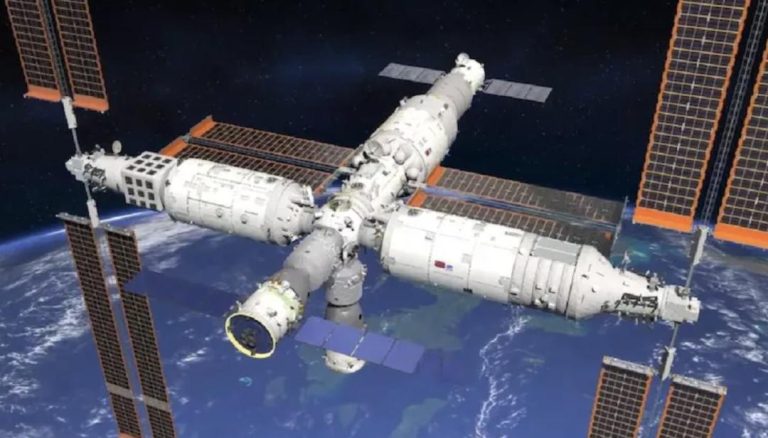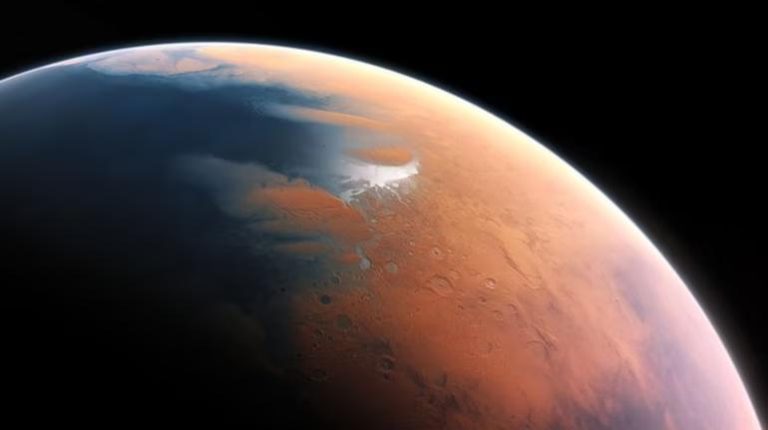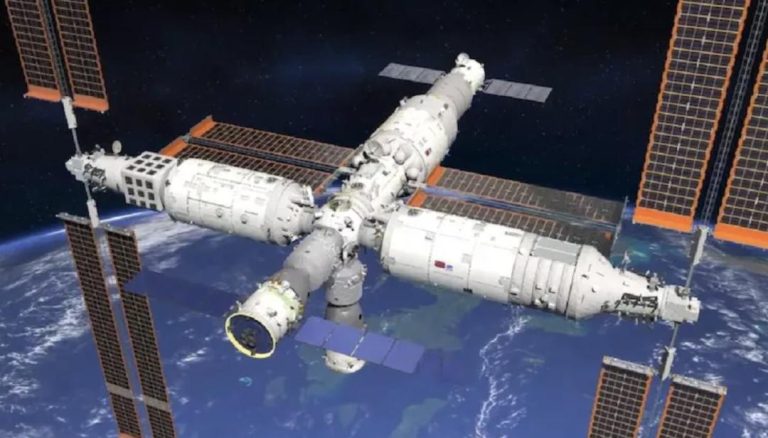
Mars may have once had rain & snowfall, finds new study
Mars, the red planet, has long been a subject of fascination for scientists and space enthusiasts alike. For decades, NASA’s rovers have been exploring the Martian surface, uncovering secrets about the planet’s geology, climate, and potential habitability. A recent study by the University of Colorado Boulder has shed new light on the red planet’s past, suggesting that Mars may have once experienced rainfall and snowfall, feeding valleys and channels.
According to the study, published in the journal Science Advances, the Martian surface is likely to have been wet and warm around 4 billion years ago. This period, known as the Noachian epoch, is believed to have been a time of great geological activity on Mars, with rivers, lakes, and even oceans present on the planet’s surface.
The discovery is significant because it suggests that Mars may have been capable of supporting life in the past. The presence of liquid water on the surface is a crucial ingredient for life as we know it, and the finding raises the possibility that Mars may have once been home to microbial life.
So, how did the researchers come to this conclusion? The University of Colorado Boulder team used a combination of computer models and geological data to reconstruct the Martian climate during the Noachian epoch. They focused on a region known as the Martian equatorial region, which is characterized by a unique geological feature known as the “Hesperian” terrain.
The Hesperian terrain is a vast, flat expanse of rock that stretches across the Martian equator. It’s a region of great interest to scientists because it’s thought to have formed during a period of intense volcanic activity, which would have released large amounts of greenhouse gases into the atmosphere. This, in turn, would have trapped heat and raised the planet’s temperatures.
Using computer models, the researchers simulated the Martian climate during the Noachian epoch, taking into account factors such as the planet’s distance from the sun, its atmospheric composition, and the presence of volcanic gases. They found that the climate was much warmer and more humid than previously thought, with average temperatures ranging from 0°C to 10°C (32°F to 50°F).
The team also analyzed geological data from NASA’s Mars Reconnaissance Orbiter, which has been mapping the Martian surface since 2006. They found that the Hesperian terrain is characterized by a network of valleys and channels that are thought to have been carved out by running water. This, combined with the computer models, suggests that the Martian surface was once a wet and dynamic environment.
So, what does this mean for the search for life on Mars? The discovery of a warm and wet Martian climate in the past raises the possibility that life may have emerged on the planet. While there is currently no conclusive evidence of life on Mars, the presence of liquid water in the past increases the chances of finding evidence of past or present microbial life.
The study also has implications for NASA’s plans to send humans to Mars in the coming decades. If the Martian surface was once capable of supporting life, then it’s possible that future missions could uncover evidence of past or present life on the planet.
In conclusion, the recent study by the University of Colorado Boulder has shed new light on the Martian climate during the Noachian epoch. The findings suggest that Mars may have once experienced rainfall and snowfall, feeding valleys and channels, and raising the possibility that the planet was once capable of supporting life. As scientists continue to explore the Martian surface, we may yet uncover evidence of past or present life on the red planet.




